Photography Kayde Lehman
Sign up to our mailing list for the best stories delivered to your inbox.
The job is not for the faint-hearted, but Bridget has thrived on the challenge.
Photography Kayde Lehman Words Amie Shann
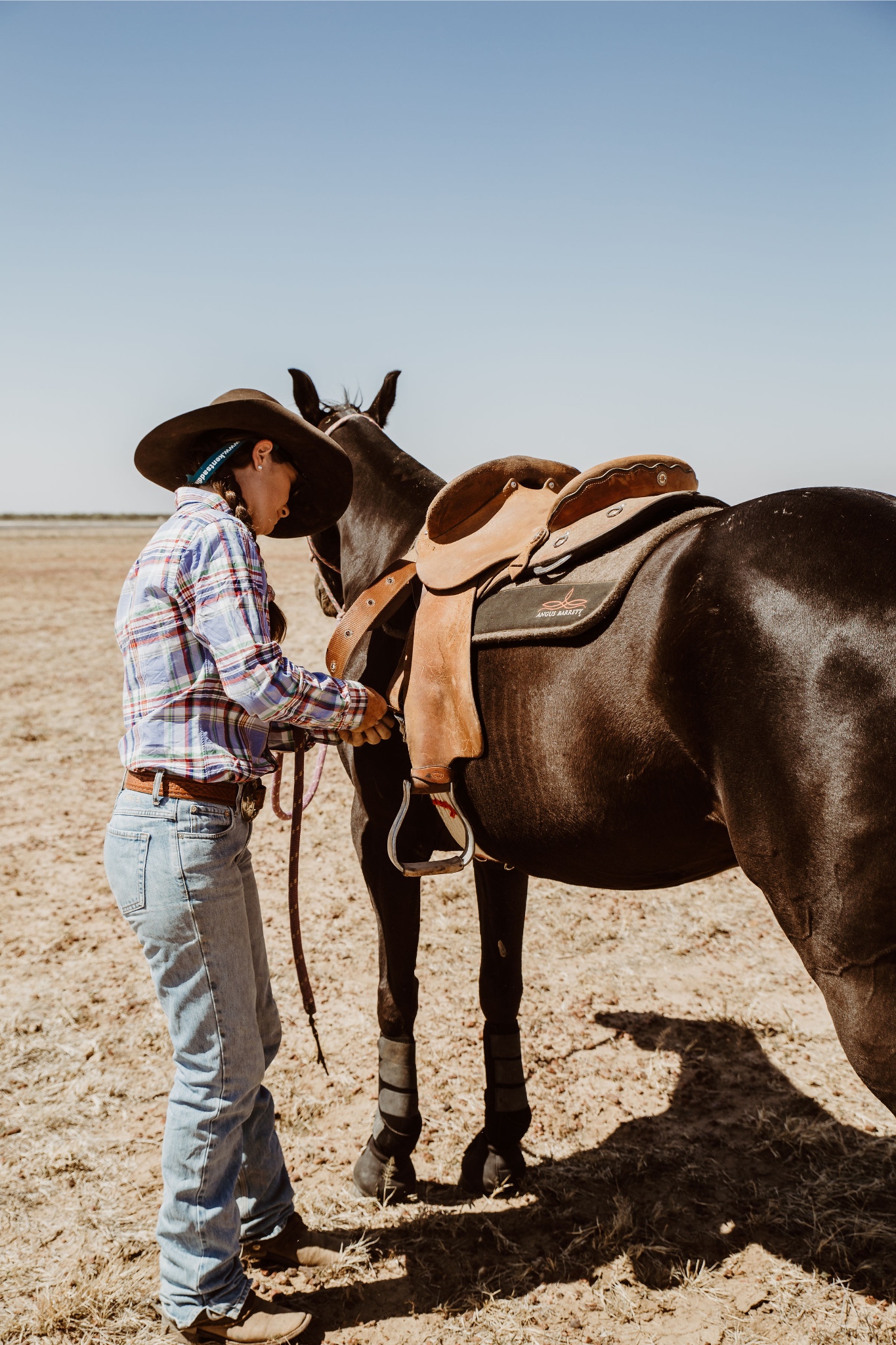
Photography Kayde Lehman
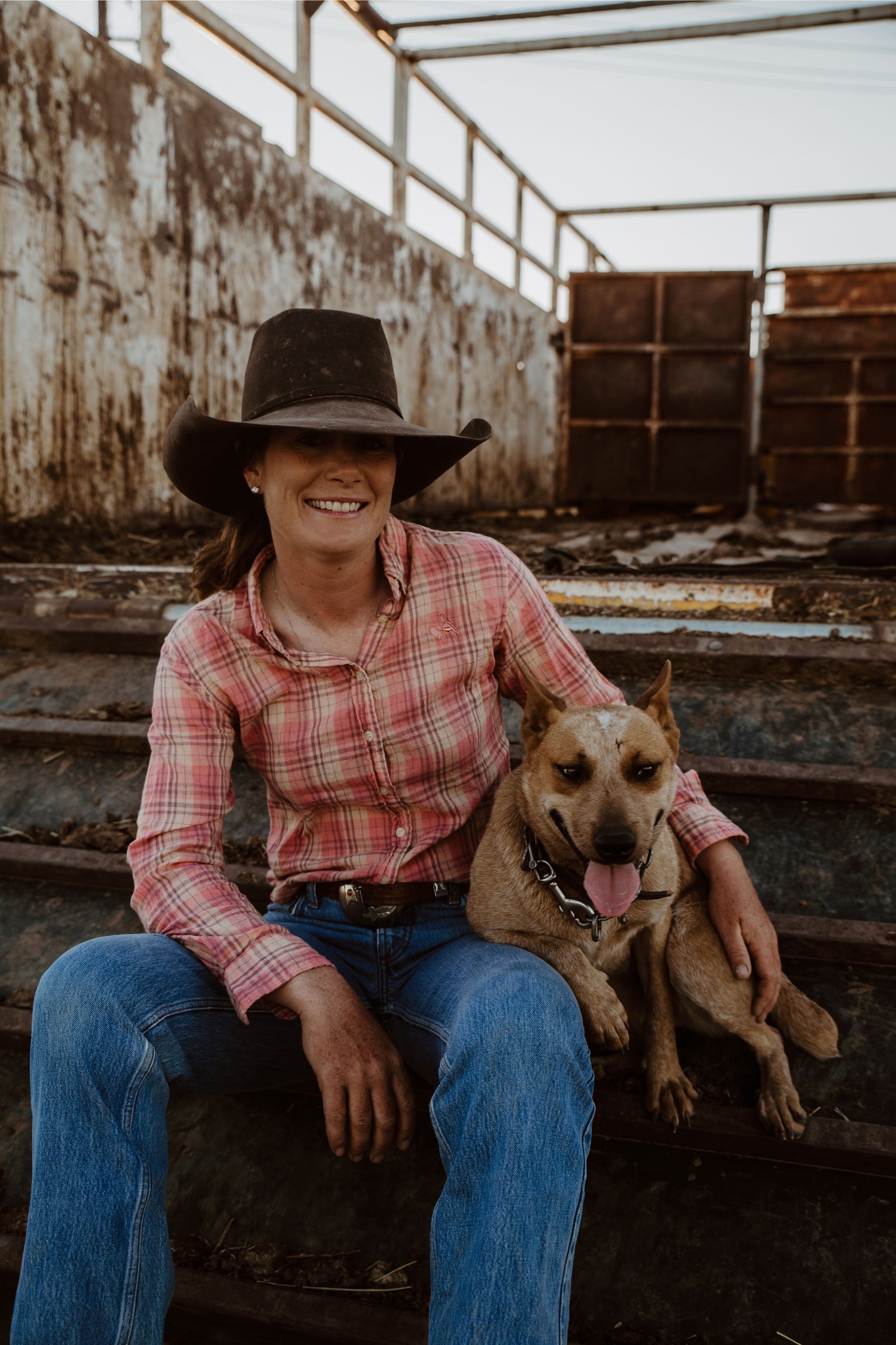
Photography Kayde Lehman
When Bridget Fox first arrived in the Northern Territory 10 years ago, she told her boss she was just there for a gap year. Recognising her natural ability for station work and passion for the land early on, he disagreed, predicting: “I think you’ll be up here much longer than that.” And he was right.
Bridget has spent every year since working at some of the most remote cattle stations in northern Australia, building a successful career. While she spoke to Graziher, Bridget’s beloved red cattle dog, Peggy, sits quietly at her feet. “She isn’t normally this well-behaved,” Bridget says. “She’s more of a good companion than a working dog: very lovable, but a bit naughty.”
Until recently, 28-year-old Bridget worked as head stockman in a crew of nine people at S. Kidman & Co’s Brunchilly station, 800 kilometres south-east of Darwin. On the vast, undulating plains of the Barkly Tablelands, Brunchilly spans more than 457,000 hectares, carrying 24,000 head of crossbred cattle. When she was offered the position, Bridget was thrilled. “Before that I was running a contract mustering camp, travelling to different locations all the time, so I was craving a more stable routine. It felt like the right time for something different,” she explains.
The third of four children, Bridget grew up on a mixed farming property in the hills of Coonabarabran, New South Wales. “We rode horses as kids and helped Dad in the sheep yards to earn pocket money,” she recalls. After completing her secondary education at boarding school in Sydney, Bridget boldly headed to the Northern Territory for a break before university. Although she fully intended to return, the pull towards life as a jillaroo was all-consuming. “I fell in love with the lifestyle, the cattle industry and the people up here,” she says. “I saw a career opportunity and decided to stay, working on different stations each year, gathering experience along the way.”
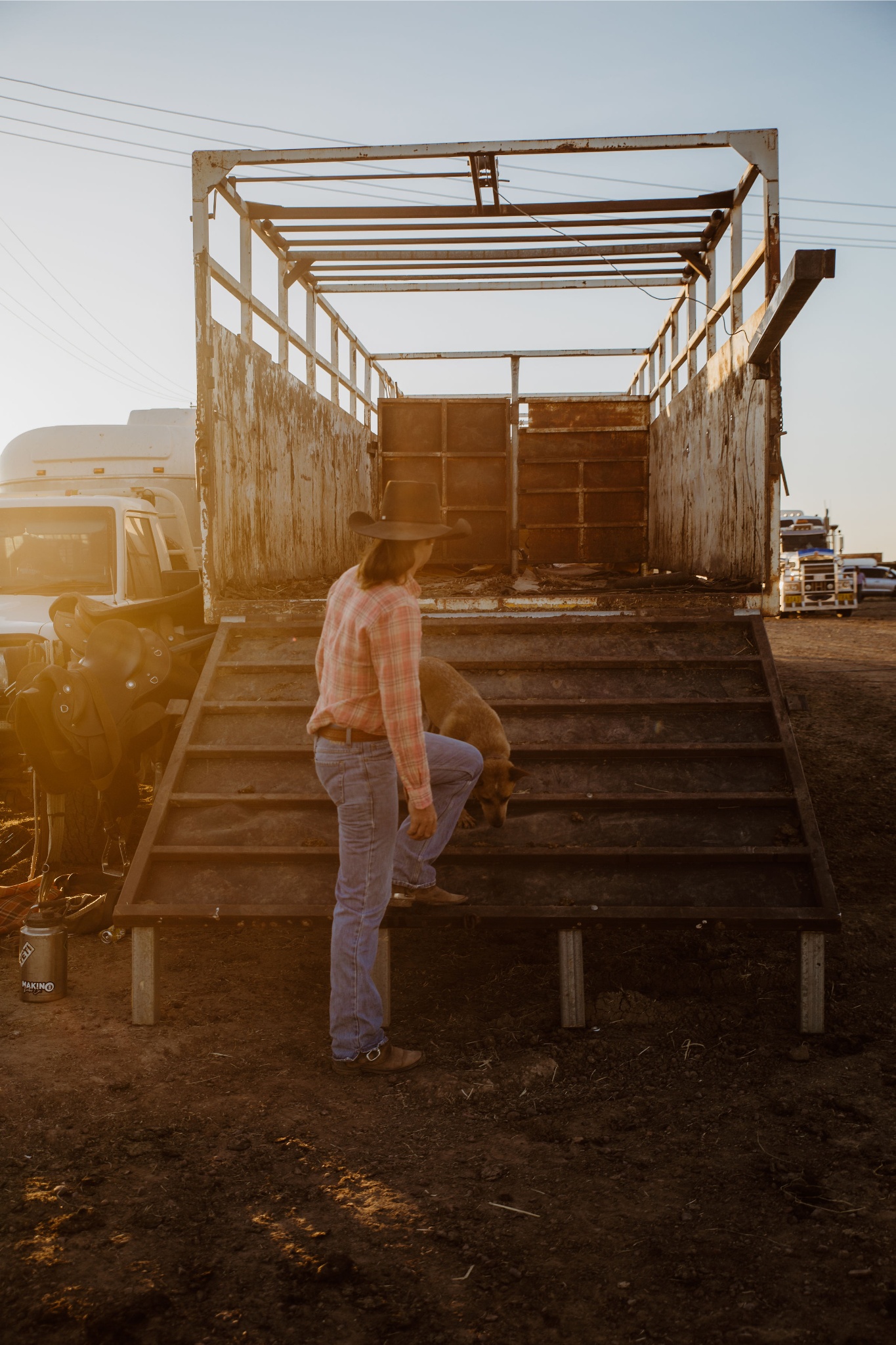
Photography Kayde Lehman
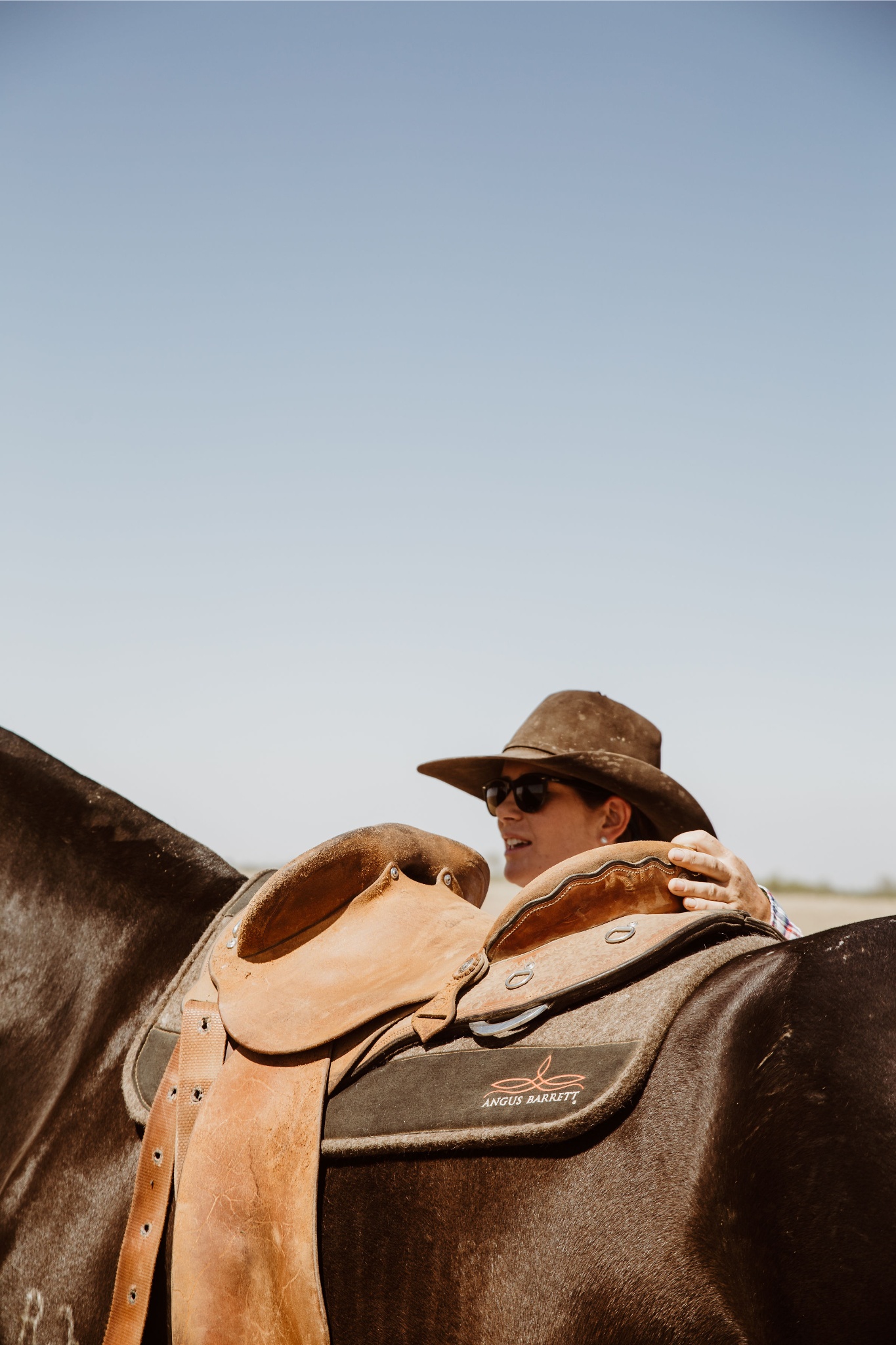
Photography Kayde Lehman
While the position of head stockman presents challenges, Bridget takes them in her stride. “We had some really big days that seemed tough at the time,” she says. “But usually they’re the ones I vividly remember and, once the job is done and dusted, the ones I love most. I wouldn’t enjoy it as much if it was easy.”
Bridget avidly encourages others to take advantage of development opportunities in the industry. “It’s such a rewarding career. I love teaching people new skills and watching their confidence grow,” she adds. “There is so much on offer. Just put yourself out there and go for it.”
As for the future, Bridget won’t be leaving the north any time soon. This year, she took up a new position with Hancock Agriculture’s Fossil Downs station, 430 kilometres east of Broome at Fitzroy Crossing in the Kimberley region of Western Australia. The 400,000 hectare property carries 20,000 head of Droughtmaster cattle and has welcomed Bridget as assistant manager — with her six horses and, of course, Peggy, in tow.
Subscribe to Graziher and never miss an issue of your favourite magazine! Already a subscriber? You can gift a subscription to someone special in your life.
To hear more extraordinary stories about women living in rural and regional Australia, listen to our podcast Life on the Land on Apple Podcasts, Spotify and all major podcast platforms
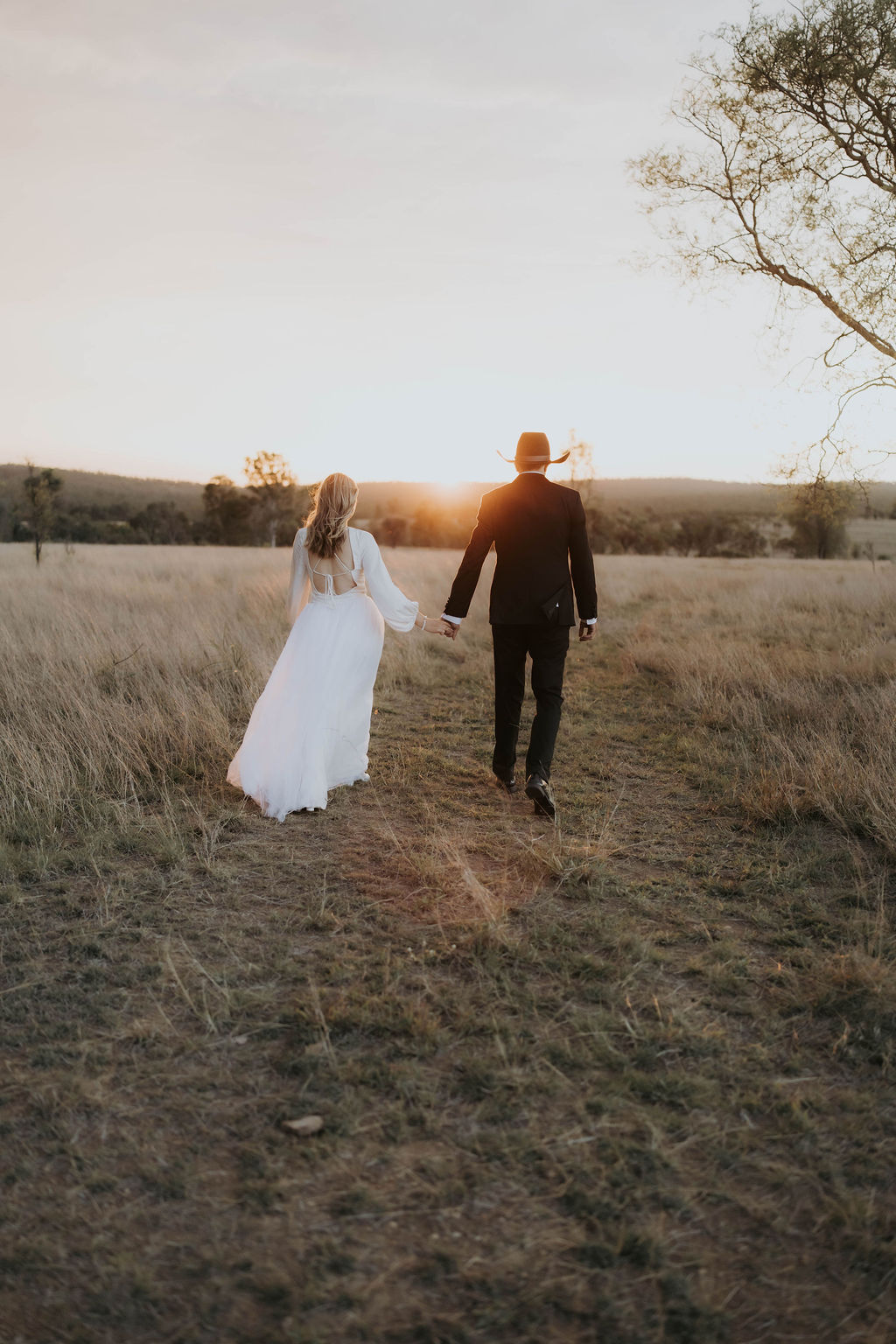
What began as a postcard-perfect country wedding soon became a story of survival, strength, and the unshakable heart of rural Australia.

Current custodian Penny Lamont says the heritage garden is designed for easy-care and dry times.